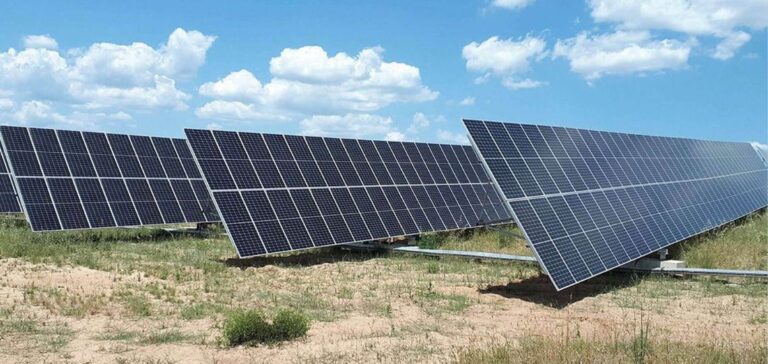Biddinghuizen, a solar park in Flevoland, the Netherlands, is the subject of an investment by Encavis Asset Management.
An important investment
Biddinghuizen has a total capacity of 37.6MW and is located on an area of 250,000 square meters. Since September 2021, more than 90,700 bifacial modules have been producing green electricity for 13,700 households. Thus, the solar park saves the emission of 14,600 tons of carbon dioxide every year.
The Biddinghuizen solar park is now part of the Encavis Infrastructure Fund II (EIF II). It is an investment fund for credit institutions, mainly savings banks and cooperatives. With a total investment volume of about €1 billion, investments are made in solar and wind farms.
All of the renewable energy plants in the portfolio generate stable returns and are located in mature markets. Thus, 45% of the photovoltaic and wind power plants are located in Germany. France hosts 24%, the Netherlands 19%, Spain 9% and Finland 3%.
An award-winning company
With the acquisition of the Biddinghuizen solar park, the production capacity of EIF II is increased. Indeed, the portfolio reaches a total of 600MW. Karsten Mieth, Chairman of the Board of Directors of Encavis Asset Management, states:
“With more than 40 power plant investments, the fund is one of the largest renewable energy portfolios for institutional investors, is exemplarily diversified and benefits from long-term feed-in tariffs.”
Encavis Asset Management has a total generating capacity of approximately 3.4GW. This power corresponds to a total saving of about 1.4 million tons of CO2 per year. In addition, the company is a signatory of the UN Global Compact and the UN PRI network.
Encavis Asset Management’s environmental, social and governance performance is recognized with awards. The company has an “A” rating from MSCI ESG Rating. In addition, ISS ESG awarded its “Prime” label to the company.






















